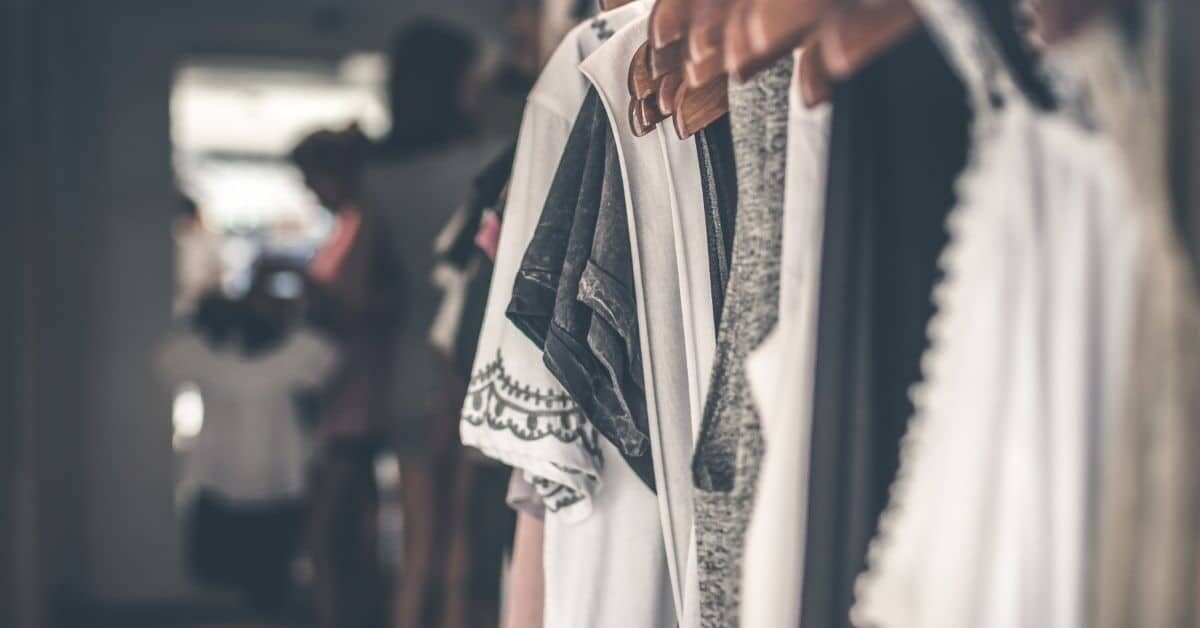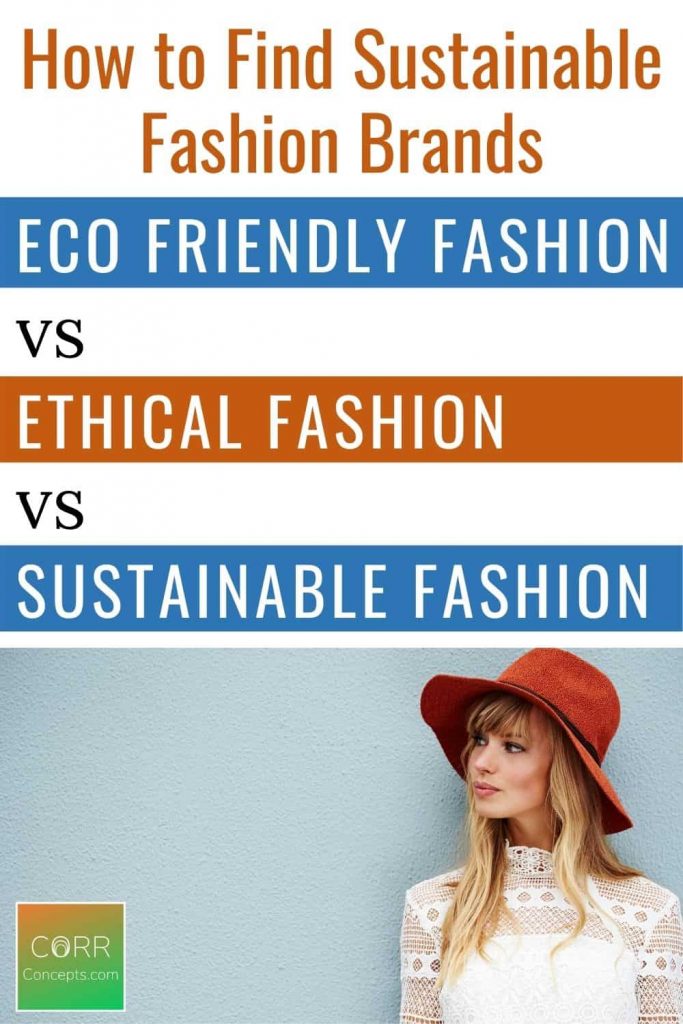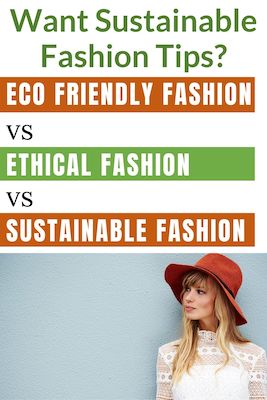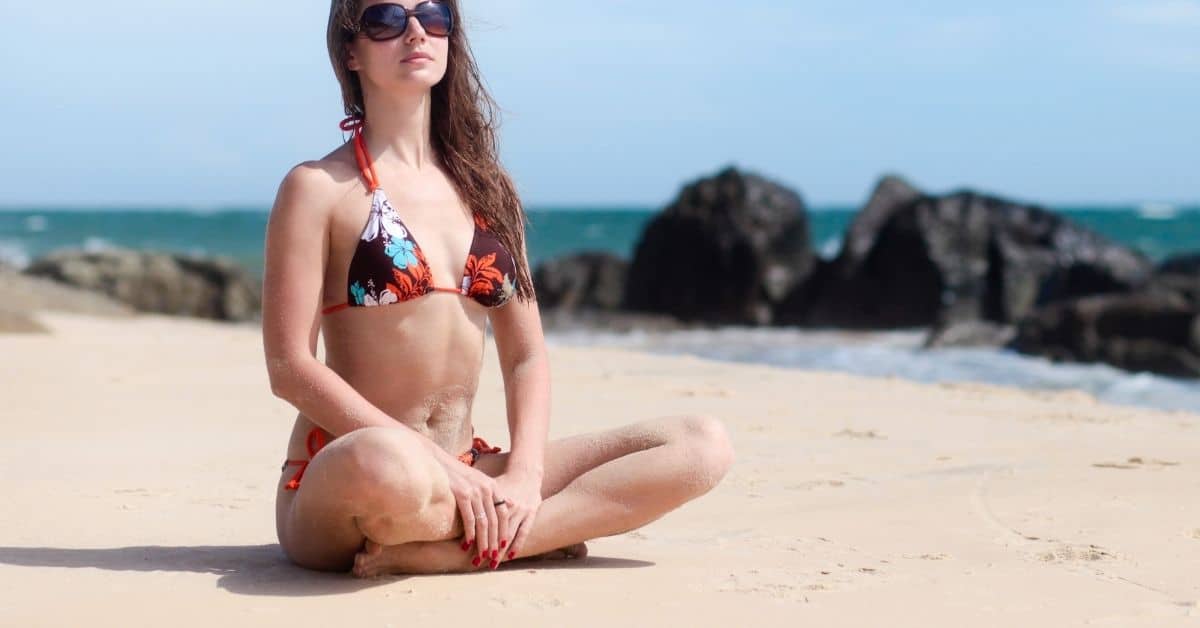Been reading about slow fashion and confused as to what it really means? I don’t blame you. This is why I am writing this post to help you understand the components of slow fashion and the true difference between eco-friendly, ethical, and sustainable fashion so you can be a more conscious consumer.
Like this? Share it with others!
This post contains affiliate links. My preference is to provide links to companies other than Amazon whenever possible. I recognize many people like Amazon, not to mention there are eco-friendly, ethical, and sustainable brands out there who use Amazon. I want to support them. So, just know you may see multiple links for one option. Should you make a purchase through these links, I will receive a small commission at NO additional cost to you. See my Disclaimers & Disclosures and Privacy Policy for more information.
The Difference Between Eco-Friendly, Ethical and Sustainable Fashion
I have read multiple blog posts and articles about fast and slow fashion and the attempts to define eco-friendly, ethical and sustainable fashion. I must say, as a sustainability professional, it’s been a little frustrating to see the misleading definitions and interpretations.
Yet, it’s understandable. When it comes to fashion, there is no regulatory authority for fashion in terms of being eco-friendly, ethical, or sustainable.
That said, when it comes to fashion, a fashion brand really should adhere to the guidelines of sustainability, like any other brand from any other industry, if it wishes to be labeled as eco-friendly, ethical or sustainable.
As such, I am going to provide to you the guidelines of sustainability as it relates to fashion to help take out the confusion of the true difference between eco-friendly, ethical, and sustainable fashion to make your shopping easier.
Fast Fashion vs Slow Fashion
Before we break down slow fashion, let’s first do a quick overview of fast vs slow fashion.
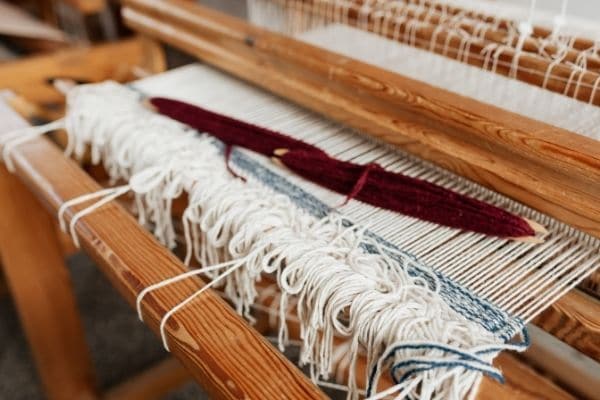
Fast Fashion
Fast fashion is basically the quick process clothing appears from the runway to the store for consumers to buy. Since fashion trends change quickly, consumer demand changes quickly. This is how the majority of the fashion industry operates.
Consequently, it is uses unethical and non-environmentally friendly methods, such as overseas cheap labor, sweatshop conditions, massive energy and water resource usage, and polluting chemicals into waterways and ground – just to name a few – to produce cheap clothing. Cheap clothing that will undoubtedly end up in a landfill because of its poor quality. Another environmental hit.
Unfortunately, when people shop, the vast majority are looking at the financial price tag of the fashion item, and not even considering what the social or environmental price tag was to produce the cheap clothing.
Some examples of fast fashion brands are The Gap, Forever 21, Guess, Victoria’s Secret, and Zara.
Slow Fashion
Of course, slow fashion is the opposite of fast fashion. Slow fashion works towards changing the fashion manufacturing process to consider more sustainable methods that will produce higher quality fashion that will last much longer. No quick trip the landfill!
Slow fashion products are produced at a slower rate. Manufacturing characteristics can include using more sustainably – like upcycled, recycled, or rapidly renewable – sourced materials, using less energy and water to produce fashion products, not polluting the environment in the manufacturing process, as well as employing local labor and fare working conditions and wages.
Some examples of slow fashion brands are Eileen Fisher, Patagonia, Levi Strauss, Everlane, and Amour Vert.
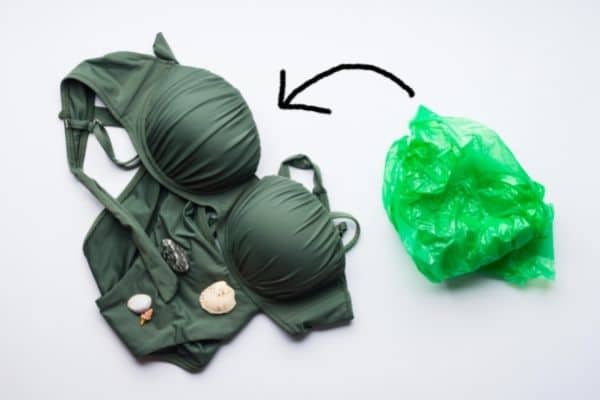
Slow Fashion Further Explained
To understand slow fashion, it’s important first to understand what sustainability really means. After all, slow fashion is fashion working towards sustainability.
It’s unfortunate that “sustainable” and “sustainability”, in terms of business and lifestyle, have been loosely thrown around and often misused. Don’t fear, CORR Concepts is here to set the record straight.
For slow fashion, like any other industry, to be working towards sustainability, all three components of sustainability must be addressed: environment, society and economy.
Environment
When we talk about the environment in terms of fashion, the word “Eco-friendly” is the commonly used word. So, of course, eco-friendly means “not harmful to the environment”. “Green” is another word to use for something that is eco-friendly.
To be honest, I moaned in frustration when I read this statement, “And while there’s no such thing as “eco-friendly clothing” — i.e. all garments have at least some negative impact on the environment”.
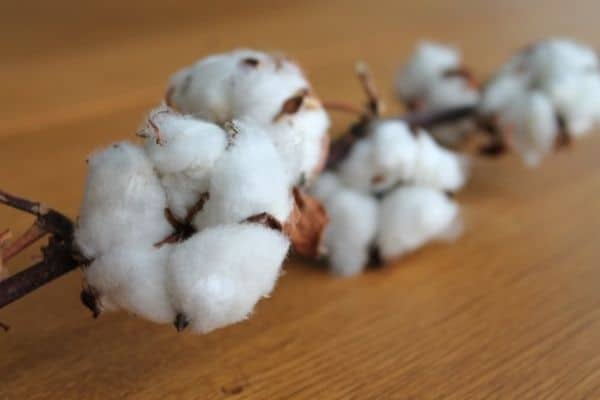
In the politest way I’m merely going to say that statement is wrong. Misleading statements like this only confuses people more.
In short, not all garments have a negative impact on the environment. Virgin resources may be sourced to make fashion garments and accessories, yes. And we’d like to avoid that. More on that later.
However, those resources in the supply chain that could be sustainably sourced, be it a rapidly renewable material (think bamboo) or used from upcycled or recycled materials, and/or cause no pollution to the water, air and soil in the manufacturing process have far less negative environmental impacts.
So, yes, it’s possible to have eco-friendly fashion.
Remember when I said we’d like to avoid sourcing virgin resources? Well, it is possible through a circular economy process, and some brands are working towards that, which is truly an environmentally sustainable way of business. They are closing the loop.
Closing the what?
Circular Economy
Not to get too off track – you can read more about it here – our current system of economy uses an open-ended system: take, make, waste. We take from the environment, use it to make whatever we want, then throw it away in the landfill to sit and smell up and pollute the air, water and soil (and our health).
By using upcycled and recycled materials, clothing brands are taking back what they already made and using it again to make something new. Therefore, no virgin resources were sourced. They are changing the open-ended system to a loop system, ergo, a circular way of doing business.
Eileen Fisher and Patagonia are a couple of brands employing this sustainable business practice. Second-hand retailers participating in upcycling and recycling fashion are thredUP, Rent the Runway, and eBay.
Society
“Ethical” in business means, “being in accordance with the rules or standards for right conduct or practice”. When you hear the term “ethical fashion”, it is describing how society (i.e., the people involved in the entire supply chain) are treated.
For example, an ethical fashion brand would not use child labor, sweatshop labor, promote poor working conditions, nor provide an unfair or unlivable wage, to name a few examples.
Instead, societal sustainability initiatives employed would be fair working conditions and pay, supporting local communities and families, and donating to local, environmental or social justice organizations.
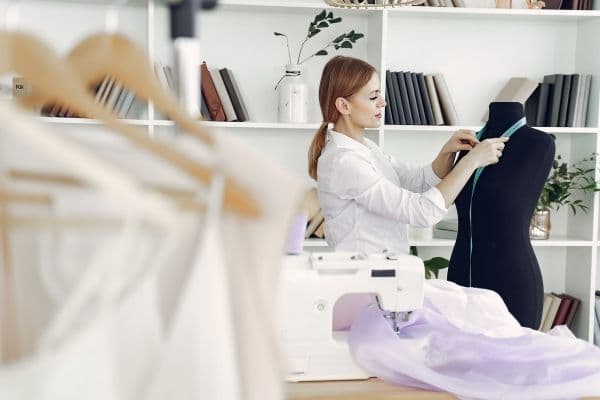
Can fashion be environmentally “ethical”? Yes, but instead we use the term “eco-friendly”.
PAKA Apparel, Slumlove Sweater Company, and Made Trade are just a few examples of ethical fashion brands.
Economy
Economic sustainability is the ability for the economy to have long-term growth without it negatively impacting the social, environmental, and cultural aspects of the community. Meaning, the health of the economy first depends on the health of society and the environment.
Therefore, a fashion brand (or any brand for that matter) that is reaching economic sustainability is a financially healthy brand after first being socially responsible and environmentally sustainable or minimally impacting the environment.
Examples of brands working towards this include PAKA Apparel, Slumlove, Sweater Company, Made Trade, Eileen Fisher and Patagonia.
Sustainable Fashion
By now you can probably guess that the “sustainable fashion” is fashion produced by a brand that is experiencing sustainable financial growth through environmentally sustainable and socially ethical practices. As you can also guess, it is much harder for a fashion brand to truly be called sustainable. It is very hard to be all three.
Some slow fashion brands may not be fully sustainable yet, but every day they are taking strides to become so. I give these brands props! I consider it definitely worth promoting those brands that try and work towards sustainability no matter what.
Promoting brands that may only be ethical or eco-friendly is also worthwhile. They are still doing business better than any fast fashion brand out there for sure, and they are an example for other brands to follow.
How to Shop Fashion Consciously
“So, how do I shop for fashion consciously,” you may ask. Like I say, the number one rule in being a conscious consumer is to first reduce your purchasing and consumption habits.
When you do purchase, do so within “reuse and recycle” guidelines first. By reusing fashion, you support upcycling and second hand retail method. Find those brands and vendors who resell or lend existing clothing. This is a great step towards reducing your eco footprint, which is the goal.
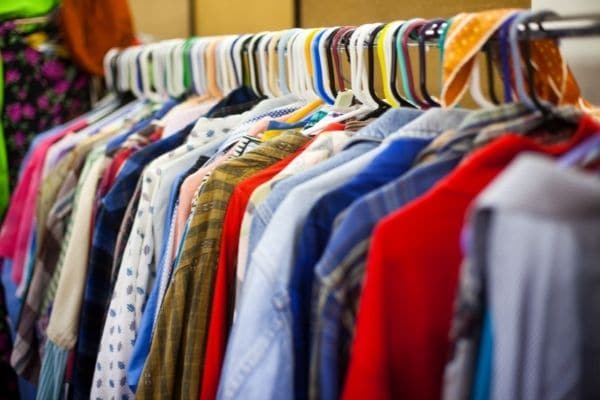
Second, only support those brands working towards lowing their own eco and carbon footprints through eco-friendly and ethical manufacturing and supply chain efforts (i.e., support “sustainable” brands).
If you can’t find a sustainable brand to suit your needs, then look towards those brands working towards eco-friendly or ethical production.
As I mentioned above, it’s truly hard to be considered a sustainable brand (or a brand working towards sustainability), so supporting those are who are partially sustainable is still a brand worth supporting over any fast fashion brand.
If you need help deciphering who is who out there in the ever changing fashion world, look to my Conscious Consumer Fashion directory. It provides third-party certifiers so you can know what to look forward on labels, as well as information on if a brand provides supply chain transparency, Corporate Social Responsibility reporting or is a B Corporation, to name a few. This shopping resource page will be continually updated so keep coming back to it.
Remember, you help lead the fashion industry on the right path towards sustainability with every fashion purchase you make. Vote with your dollars. If you don’t buy it, they won’t make it.
Let Me Hear From You
I would love to hear if learning the difference between eco-friendly ethical and sustainable fashion was helpful to in conscious consumerism. Post me your thoughts or questions in the Comments section below. Thank you!
Like this? Share it with others!
MORE SUSTAINABLE FASHION POSTS YOU’LL LIKE
Best Eco-friendly Personal Item Bag for Planes
Best Eco-friendly Carry-On Luggage
10 Eco-Friendly and Sustainable Swimwear Brands
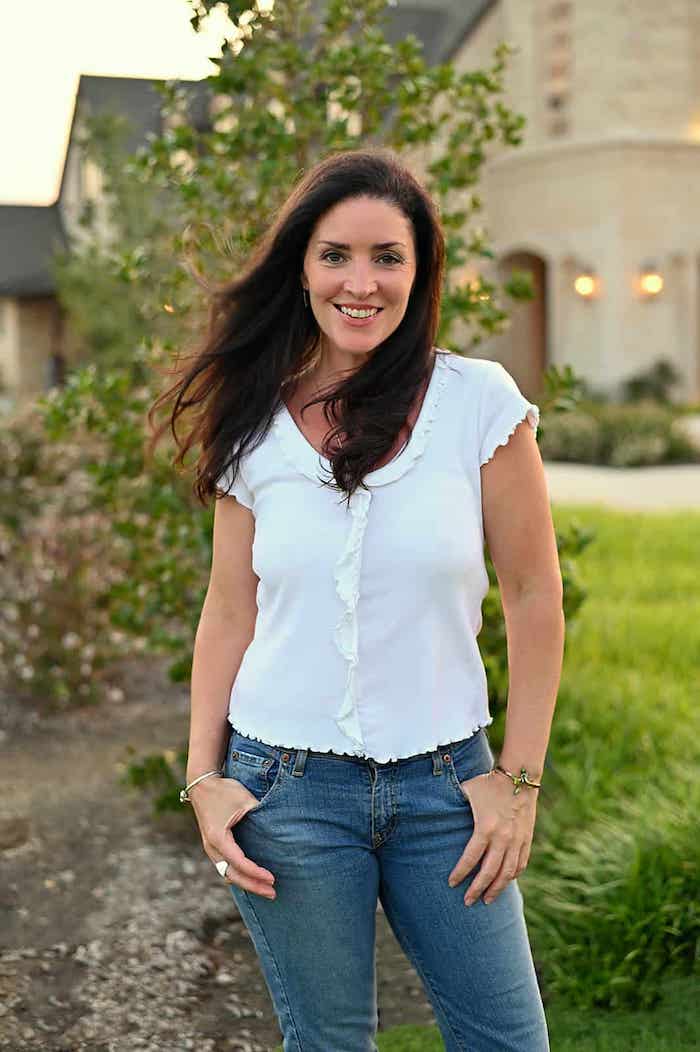
Gwen, CORR Concepts Founder
Gwen is a Sustainability professional with an MBA in Sustainable Enterprises and LEED AP ID+C accreditation from the GBCI. She is also the Founder of CORR Travel. As a Sustainability professional and Earth Steward, environmental sustainability and biodiversity protection is her “religion”. Travel is her passion.

